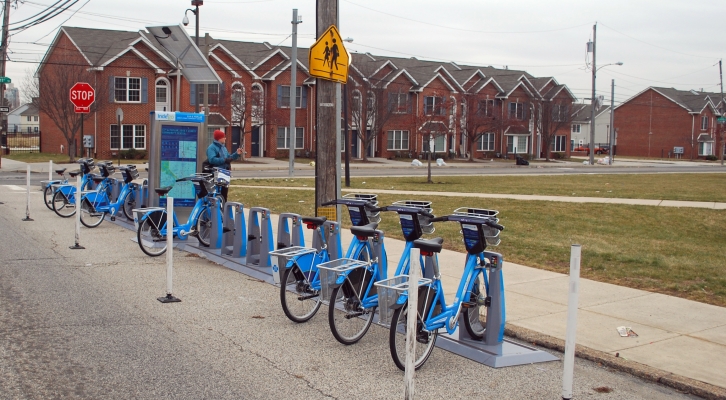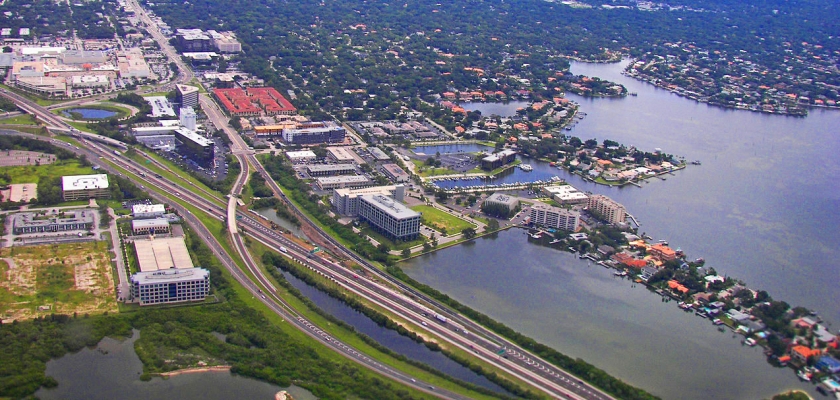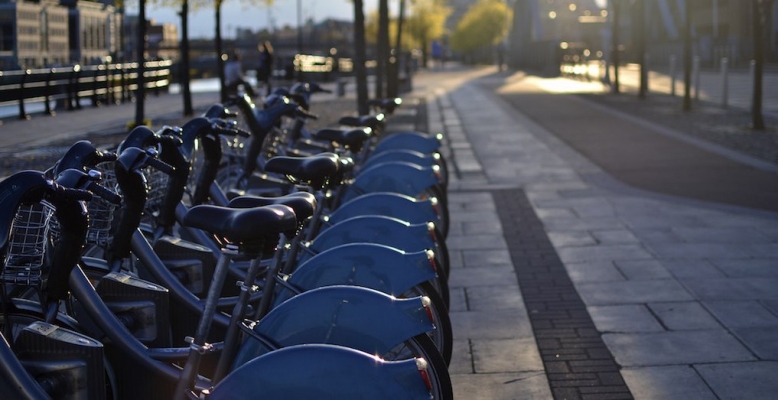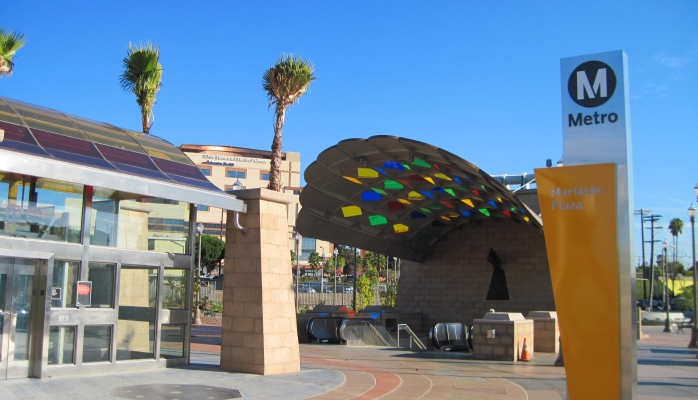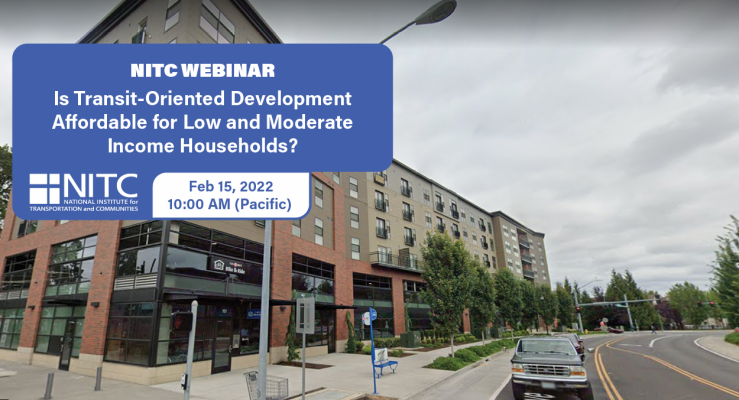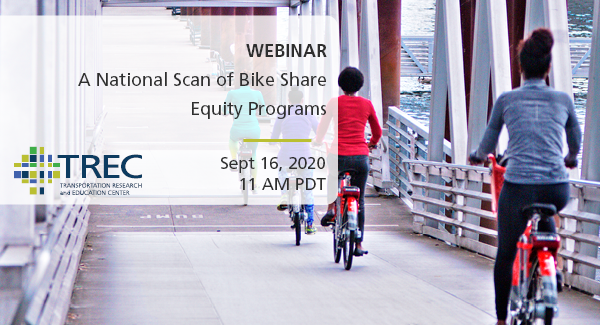A NITC study took a look at how metropolitan planning organizations, or MPOs, can better serve transportation-disadvantaged and historically marginalized populations when creating regional transportation plans.
The transportation disadvantaged are those unable to drive or who lack access to an automobile, and may include the elderly, low income, young people, persons with disabilities, and those with permanent or temporary health conditions. Historically marginalized communities are often left out of the planning process and include many of the same groups but also ethnic and racial minorities.
A new freeway, with all its attendant air and noise pollution, might cut through a part of town where low-income and minority populations are concentrated. Bike lanes sometimes wait to make an appearance until a neighborhood has begun to gentrify. People over the age of 60, as well as people of color, are at greater risk of being killed by a car while walking. Low-income neighborhoods often have poor access to regional transportation networks, making getting to and from work and other destinations a challenge for residents. English language proficiency is a barrier to participating in the transportation planning process and is also recognized as a dimension of transportation disadvantage.
To address problems like this, equity needs to be a priority in every regional transportation planning process. The report, ...
Read more
